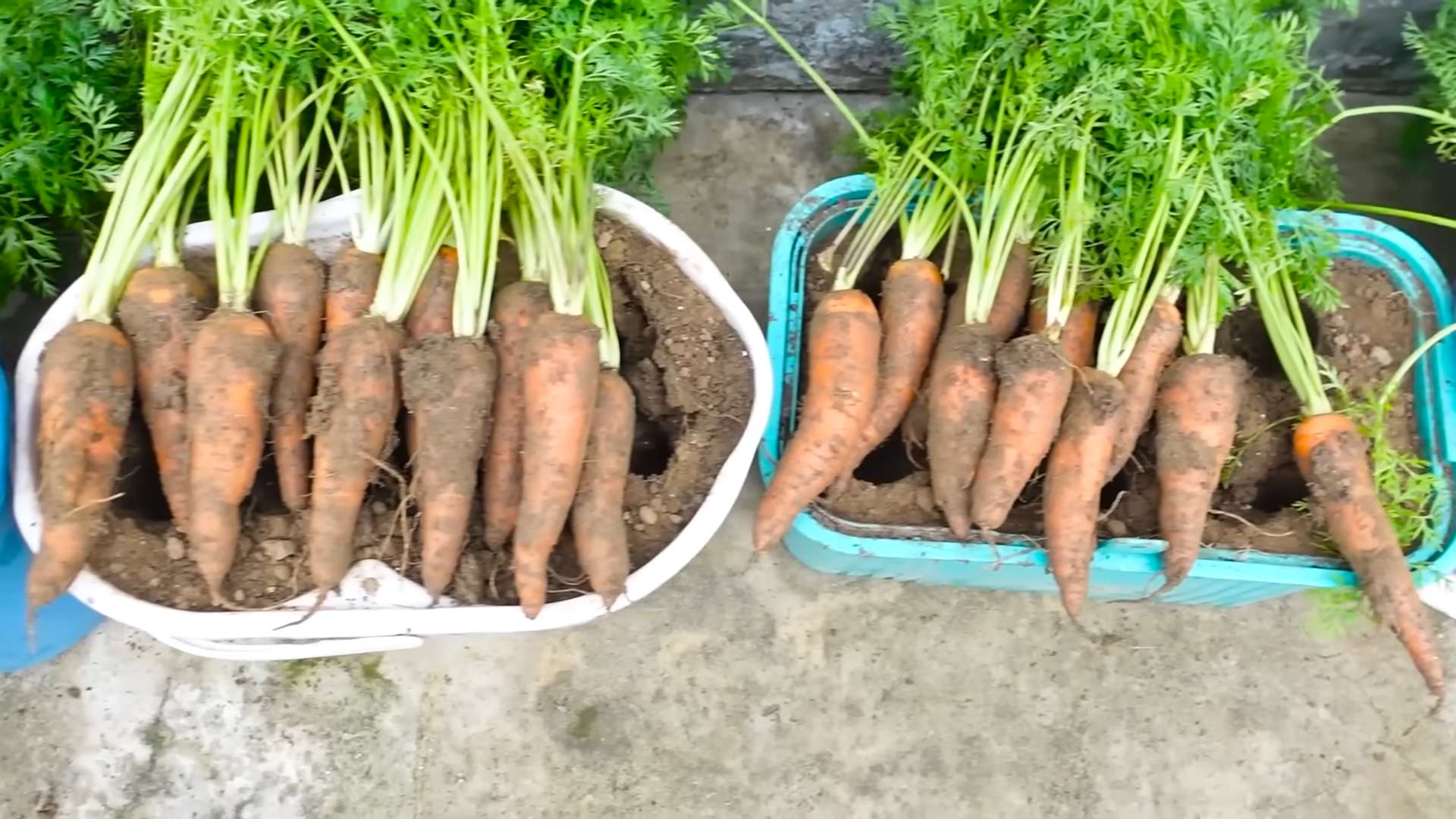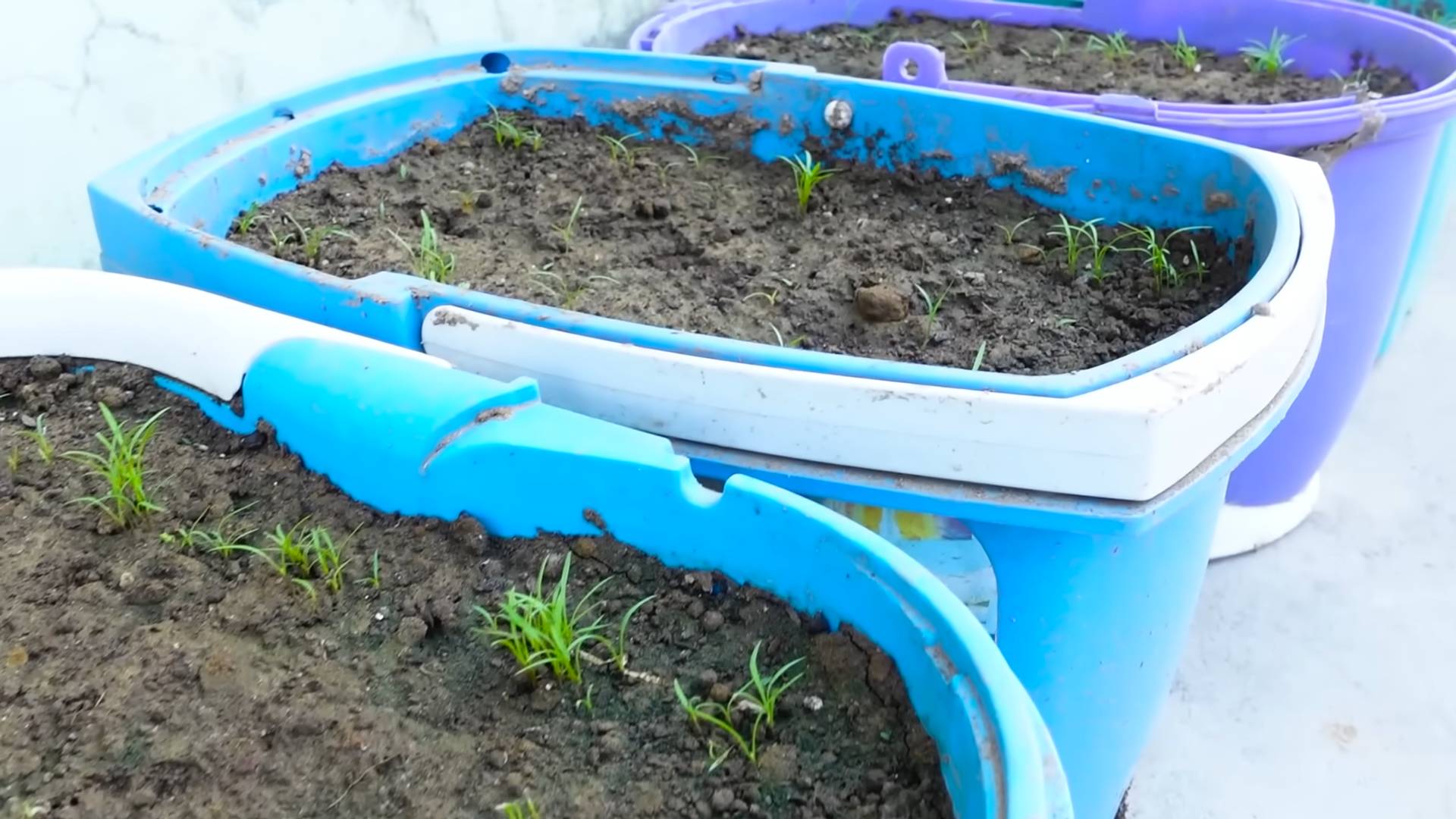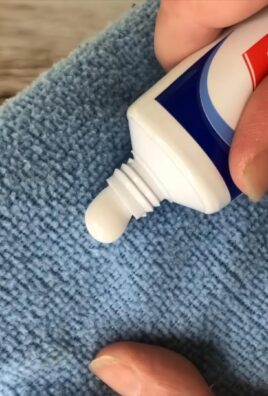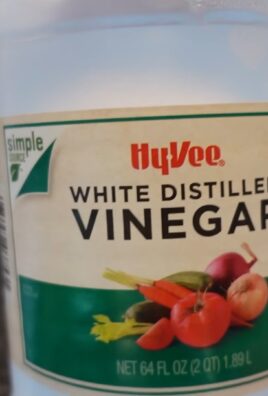Clean Stainless Steel Appliances can be a real challenge, can’t they? I know I’ve spent countless hours battling fingerprints, water spots, and that mysterious greasy film that seems to appear out of nowhere. But what if I told you there’s a secret weapon, a collection of simple DIY tricks, that can transform your kitchen from a smudged battlefield to a sparkling showcase?
For generations, keeping homes clean has been a source of pride and a reflection of care. While stainless steel is a relatively modern material, the desire for gleaming surfaces dates back centuries. Think of the polished silver of Victorian England or the meticulously maintained copper pots of colonial kitchens. We’ve always strived for cleanliness, and now, with stainless steel dominating our appliances, the quest continues!
Let’s face it, nobody wants to spend their precious free time scrubbing away at stubborn stains. That’s why I’m so excited to share these easy and effective DIY methods for keeping your stainless steel appliances looking their absolute best. Not only will these tricks save you time and effort, but they’ll also help you avoid harsh chemicals and expensive cleaning products. Plus, a sparkling kitchen is a happy kitchen, right? So, get ready to discover the secrets to effortlessly clean stainless steel appliances and reclaim your weekends!

DIY Stainless Steel Appliance Cleaning: A Streak-Free Shine!
Okay, let’s face it, stainless steel appliances look amazing when they’re sparkling, but they’re magnets for fingerprints, smudges, and water spots. I’ve tried countless commercial cleaners, and honestly, some work okay, but they can be expensive and often leave a weird residue. So, I’ve perfected a DIY method that’s not only super effective but also uses ingredients you probably already have in your kitchen! Get ready to say goodbye to streaks and hello to a gleaming kitchen!
What You’ll Need:
* Microfiber cloths (at least two – one for cleaning, one for buffing)
* White vinegar (distilled)
* Olive oil (yes, really!)
* Spray bottle (optional, but helpful)
* Soft sponge or cloth
* Warm water
Understanding the Grain
Before we dive in, it’s crucial to understand the grain of your stainless steel. Look closely at your appliance. You’ll see faint lines running in one direction. Always clean *with* the grain, not against it. This prevents streaks and ensures a more even clean. Cleaning against the grain can trap dirt and debris, making the problem worse.
Phase 1: The Vinegar Wash
This is where we tackle the grime and fingerprints. Vinegar is a natural degreaser and disinfectant, making it perfect for this first step.
1. Prepare Your Vinegar Solution: You can either pour some white vinegar directly onto your microfiber cloth or, for easier application, fill a spray bottle with undiluted white vinegar. I prefer the spray bottle because it helps distribute the vinegar evenly.
2. Spray or Apply Vinegar: Lightly spray the vinegar onto a section of your stainless steel appliance. Don’t saturate it! You just want a thin layer. If you’re using a cloth, dampen it with vinegar and wipe the appliance.
3. Wipe *With* the Grain: This is super important! Using your microfiber cloth, wipe the vinegar-covered area in the direction of the grain. Apply gentle pressure to remove any stubborn spots.
4. Rinse (Optional): If you’re concerned about the vinegar smell (it dissipates quickly, I promise!), you can lightly dampen a clean microfiber cloth with warm water and wipe the appliance again to remove any vinegar residue. I usually skip this step unless I’ve used a lot of vinegar.
5. Dry Thoroughly: Use a clean, dry microfiber cloth to dry the appliance immediately after wiping with vinegar (or rinsing). Again, wipe *with* the grain. This prevents water spots and helps to maintain the shine.
Phase 2: The Olive Oil Polish
This is the secret weapon for that streak-free, showroom-worthy shine! Olive oil acts as a natural polish, filling in micro-scratches and creating a protective barrier.
1. Apply a Tiny Amount of Olive Oil: This is key! You only need a *very* small amount of olive oil. Pour a few drops (seriously, like 2-3 drops for a small area) onto a clean, dry microfiber cloth. You can also put a tiny amount on a soft cloth or paper towel.
2. Spread the Oil Evenly: Rub the cloth together to distribute the oil evenly. You want the cloth to be barely damp with oil, not saturated. If you accidentally use too much, grab a clean section of the cloth to absorb the excess.
3. Polish *With* the Grain: Gently buff the appliance with the oil-treated cloth, following the grain. Use circular motions to work the oil into the surface.
4. Buff to a Shine: Use a clean, dry microfiber cloth to buff the appliance until it shines. This step removes any excess oil and creates that beautiful, streak-free finish. Keep buffing until you’re happy with the results. You’ll be amazed at the difference!
Dealing with Stubborn Spots
Sometimes, you’ll encounter stubborn spots that the vinegar and olive oil combo can’t quite tackle. Here are a few tips for dealing with those:
* Baking Soda Paste: For baked-on food or tough stains, make a paste of baking soda and water. Gently rub the paste onto the stain *with* the grain using a soft cloth or sponge. Rinse thoroughly with warm water and dry immediately. Be careful not to scrub too hard, as baking soda can be abrasive.
* Dish Soap: For greasy spots, a little bit of dish soap can work wonders. Dilute a small amount of dish soap in warm water and use a soft sponge to gently wash the area. Rinse thoroughly and dry immediately.
* Commercial Stainless Steel Cleaner: If all else fails, you can use a commercial stainless steel cleaner. However, I recommend trying the DIY methods first, as they’re often just as effective and much more affordable. Always follow the manufacturer’s instructions when using commercial cleaners.
Preventative Measures
The best way to keep your stainless steel appliances looking their best is to prevent messes from happening in the first place. Here are a few tips:
* Wipe Up Spills Immediately: Don’t let spills sit on your appliances. Wipe them up as soon as they happen to prevent staining and water spots.
* Avoid Abrasive Cleaners: Never use abrasive cleaners, steel wool, or scouring pads on stainless steel. These can scratch the surface and damage the finish.
* Use a Soft Cloth: Always use a soft cloth or sponge when cleaning your stainless steel appliances.
* Regular Cleaning: Clean your appliances regularly to prevent buildup of dirt and grime. A quick wipe-down with vinegar and olive oil once a week can make a big difference.
Troubleshooting
* Streaks: If you’re still seeing streaks after cleaning, it could be due to using too much olive oil or not buffing enough. Try using a clean, dry microfiber cloth to buff the appliance again. Make sure you are wiping with the grain.
* Dull Finish: If your appliances look dull after cleaning, it could be due to using too much vinegar or not enough olive oil. Try applying a small amount of olive oil and buffing to a shine.
* Water Spots: If you’re seeing water spots, make sure you’re drying the appliance thoroughly after cleaning.
Why This Works
The combination of vinegar and olive oil is a winning formula for cleaning stainless steel because:
* Vinegar cuts through grease, grime, and fingerprints. Its mild acidity helps to dissolve stubborn stains without being too harsh on the surface.
* Olive Oil acts as a polish, filling in micro-scratches and creating a protective barrier that repels fingerprints and water spots. It also adds a beautiful shine to the stainless steel.
Important Considerations
* Test in an Inconspicuous Area: Before cleaning your entire appliance, test the vinegar and olive oil method in an inconspicuous area to make sure it doesn’t damage the finish. While it’s generally safe, it’s always better to be cautious.
* Avoid Using on Faux Stainless Steel: This method is designed for real stainless steel. If your appliance has a faux stainless steel finish (often a plastic coating), this method may not be suitable and could damage the finish. Check your appliance’s manual for cleaning recommendations.
* Be Patient: Achieving a streak-free shine may take a little practice. Don’t get discouraged if you don’t get it perfect the first time. Keep experimenting with the amount of vinegar and olive oil until you find what works best for your appliances.
I hope this guide helps you achieve sparkling, streak-free stainless steel appliances! It’s a simple, affordable, and effective way to keep your kitchen looking its best. Happy cleaning!

Conclusion
So, there you have it! This simple, yet incredibly effective DIY trick for cleaning stainless steel appliances is a game-changer. Forget spending a fortune on specialized cleaners filled with harsh chemicals. This method, using ingredients you likely already have in your pantry, delivers sparkling, streak-free results every single time.
Why is this a must-try? Because it’s not just about aesthetics. While a gleaming refrigerator or dishwasher undeniably elevates the look of your kitchen, this DIY approach is also about practicality and sustainability. You’re reducing your reliance on potentially harmful chemicals, saving money, and contributing to a healthier home environment. Plus, the satisfaction of achieving professional-level results with minimal effort is truly rewarding.
But the beauty of this DIY method lies in its adaptability. Feel free to experiment with variations to suit your specific needs and preferences. For instance, if you find the vinegar scent a bit strong, add a few drops of your favorite essential oil, like lemon or lavender, to the water. This will not only mask the vinegar smell but also leave your kitchen smelling fresh and clean. Another variation involves using a microfiber cloth specifically designed for stainless steel. These cloths have unique fibers that grab onto dirt and grime without scratching the surface, further enhancing the cleaning power of the solution. You can also try using club soda instead of water for an extra boost of shine. The carbonation helps to lift away stubborn stains and leaves a brilliant finish.
Remember to always test any cleaning solution on an inconspicuous area of your appliance first to ensure it doesn’t cause any discoloration or damage. This is especially important for older or more delicate stainless steel finishes.
We are confident that once you try this DIY trick for cleaning stainless steel appliances, you’ll be amazed by the results. It’s a simple, effective, and eco-friendly way to keep your kitchen looking its best.
Now, it’s your turn! We encourage you to give this DIY method a try and share your experience with us. Did it work as well for you as it did for us? Did you try any variations? What were your results? We’d love to hear your feedback and see your before-and-after photos. Share your tips and tricks in the comments below and let’s create a community of sparkling stainless steel enthusiasts! Let us know if you have any questions, and we will be happy to help.
Frequently Asked Questions (FAQ)
Q: What kind of vinegar should I use?
A: White distilled vinegar is the best choice for cleaning stainless steel appliances. It’s readily available, inexpensive, and effective at cutting through grease and grime without leaving behind any residue. Avoid using other types of vinegar, such as apple cider vinegar or balsamic vinegar, as they may contain sugars or acids that could potentially damage the stainless steel finish.
Q: Can I use this method on all stainless steel appliances?
A: Yes, this method is generally safe for use on most stainless steel appliances, including refrigerators, dishwashers, ovens, microwaves, and stovetops. However, it’s always a good idea to test the solution on an inconspicuous area first, especially if you have older or more delicate appliances. Look for a spot on the back or side of the appliance that isn’t easily visible. If you notice any discoloration or damage, discontinue use immediately.
Q: How often should I clean my stainless steel appliances?
A: The frequency of cleaning depends on how often you use your appliances and how prone they are to smudges and fingerprints. As a general rule, it’s a good idea to wipe down your stainless steel appliances at least once a week to prevent buildup of dirt and grime. For appliances that get heavy use, such as stovetops, you may need to clean them more frequently, perhaps even daily.
Q: What if I have stubborn stains or grease on my appliances?
A: For stubborn stains or grease, you can try letting the vinegar solution sit on the affected area for a few minutes before wiping it away. You can also try making a paste of baking soda and water and gently scrubbing the stain with a soft cloth. Be sure to rinse the area thoroughly with water and dry it with a clean cloth. Avoid using abrasive cleaners or scrub brushes, as they can scratch the stainless steel surface.
Q: What direction should I wipe in?
A: Always wipe in the direction of the grain of the stainless steel. This will help to prevent streaks and ensure a more even finish. You can usually see the grain by looking closely at the surface of the appliance. If you’re unsure, try wiping in different directions and see which one produces the best results.
Q: Can I use this method on brushed stainless steel?
A: Yes, this method is safe to use on brushed stainless steel. However, it’s even more important to wipe in the direction of the grain when cleaning brushed stainless steel, as scratches are more visible on this type of finish. Use a soft cloth and avoid applying too much pressure.
Q: What type of cloth should I use?
A: A microfiber cloth is the best choice for cleaning stainless steel appliances. Microfiber cloths are soft, absorbent, and non-abrasive, making them ideal for removing dirt and grime without scratching the surface. You can also use a soft cotton cloth, but be sure to choose one that is lint-free. Avoid using paper towels, as they can leave behind streaks and lint.
Q: How do I prevent fingerprints on my stainless steel appliances?
A: While it’s impossible to completely prevent fingerprints on stainless steel appliances, there are a few things you can do to minimize them. After cleaning your appliances, you can apply a thin layer of stainless steel polish or oil. This will create a protective barrier that helps to repel fingerprints and smudges. You can also try using a stainless steel cleaner that is specifically designed to resist fingerprints.
Q: Is vinegar safe for my stainless steel appliances?
A: Yes, vinegar is generally safe for stainless steel appliances when used properly. However, it’s important to dilute the vinegar with water, as undiluted vinegar can be too acidic and may damage the finish. Always test the solution on an inconspicuous area first and avoid using vinegar on appliances that have a protective coating.
Q: What are the benefits of using this DIY method over commercial stainless steel cleaners?
A: There are several benefits to using this DIY method over commercial stainless steel cleaners. First, it’s much more affordable. Vinegar and water are inexpensive and readily available, while commercial cleaners can be quite pricey. Second, this DIY method is more eco-friendly. Commercial cleaners often contain harsh chemicals that can be harmful to the environment. Third, this DIY method is safer for your family. You can avoid exposing your family to potentially harmful chemicals by using natural ingredients like vinegar and water. Finally, this DIY method is just as effective as commercial cleaners, if not more so. You can achieve sparkling, streak-free results with minimal effort.




Leave a Comment